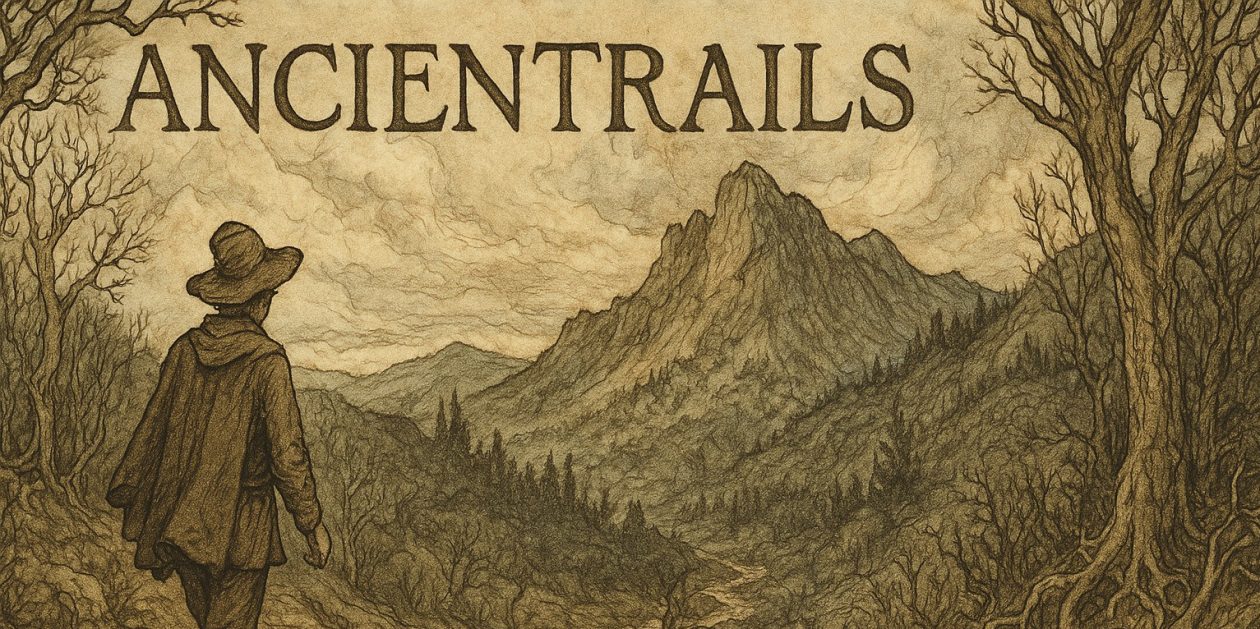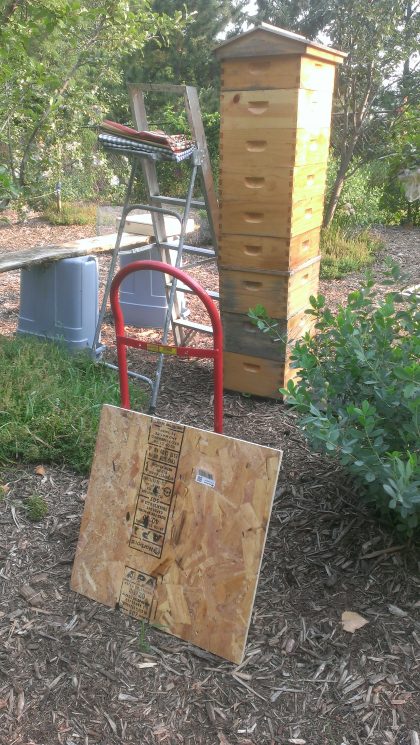Mabon and the Sukkot Moon
Friday Gratefuls: The Sukkah. Harvest festivals. Celebrating the intimate link among humans, Great Sol, Mother Earth, and Seeds. Fall. The sweet, sad, soulful song of Aspens and their gold. Hygge. Coming soon to Shadow Mountain. Rabbi Jamie and his high holiday sermons. Ruth, who wants to eat together again. Sunday. Boulder. Kate, my love. Talking to her. Laurie and her Chi-town food truck. Tulsa King. On the Run. Phantom Toll Booth. The Iliad. Homer.
Sparks of joy and awe: The Harvest
Kavannah: Patience
One brief shining: The CBE sukkah has wood lattice on its three sides, mesh grass matting for a roof, and three children’s decorated tapestries, with a lulav always on the table, the four species: branches of myrtle, palm, willow bound together and the etrog, a large citrus fruit separate from them, the branches waved north, south, east, west, up and down, while saying a bracha, a blessing, the etrog picked up at the end a blessing and a ritual which has a theme of Jewish unity, sure, but more to the point represents the moment in time, the harvest, which Sukkot celebrates.

Email: diane@seedsavers.org
Corn pickers and combines. Gathering in their mechanical dinosaur ways Corn, Wheat, other Grains. A rhythm with which I grew up. Farms all round my hometown of Alexandria, Indiana, around my mom’s hometown of Morristown and on the land between the two to the south, to Muncie on the east, to Elwood on the west, and Marion on the north. I learned early to always slow down on a gravel road if a hill blocked the view in your direction of travel. There might be a lumbering mechanized giant moving very slowly just over the crest of the hill.
Later the grain trucks would back up to silos when the market was right and carry the harvest to elevators and their huge silos which held many farmer’s crops for loading on grain cars for dispersal to the General Mills, Kellogs, Cargills of the world. So ordinary. Common. Mundane. Usual. Wasn’t until l moved to the Rockies that I found myself apart from the rituals of agriculture.
Oh, once in a while I’ll see a tractor harvesting hay off a Mountain Meadow, but that’s rare enough to be remarkable. There are Cattle in eastern and western Colorado, a few up here in the Mountains, but that’s ranching. It works to different rhythms and has slaughter as its grain truck to the elevator equivalent.
As long as Kate and I lived in Andover, we observed the fall agricultural rituals albeit on a much smaller scale. Tomatoes. Potatoes. Onions. Beets. Carrots. Beans. Raspberries, Ground Cherries, Honey Crisp and Macintosh Apples, Pears, Cherries, Honey. Whatever we planted. Flowers, cut Flowers, too.
Kate would can, dry, and we both would bottle honey. Then go out to the firepit and throw a few logs on, sit with the dogs milling around, and enjoy quiet time together. The harvest season. A feast. A moment when the covenant among Soil, Seeds, and human toil revealed its promise.







 Monday gratefuls: Heidi. Irv. Luke. Money. Rich. Leo, the sweet boy. Cooper. Who may join me here. Sleep. Restoration. Resurrection. A new life, this day. Paul’s photo of the sardines. But, Paul, I’m stuck on lobster pots. Tom’s found sign. (right) Bill working with the paper marblers. Ode and the Stars. Diane getting ready for Taiwan. All the wound up little kids out there. Santa Claus. Norad. Christmas Trees. Eggnog. Lights. Yule Logs. All those pagan rooted parts of the celebration we call Christmas. Incarnation
Monday gratefuls: Heidi. Irv. Luke. Money. Rich. Leo, the sweet boy. Cooper. Who may join me here. Sleep. Restoration. Resurrection. A new life, this day. Paul’s photo of the sardines. But, Paul, I’m stuck on lobster pots. Tom’s found sign. (right) Bill working with the paper marblers. Ode and the Stars. Diane getting ready for Taiwan. All the wound up little kids out there. Santa Claus. Norad. Christmas Trees. Eggnog. Lights. Yule Logs. All those pagan rooted parts of the celebration we call Christmas. Incarnation When Kate had to move to the exurbs to be within 15 minutes of the hospital, I resisted. I had lived in the Twin Cities for 30 years. My working life had focused on urban issues, urban politics. What was I gonna do in conservative Anoka County? But there was no choice. She needed the new job. We needed the new job. So. We bought a model home on 2.5 acres of land. About 40% wooded, some scrub Oak and Black Ash with long grass, the rest stripped bare by bulldozers in the process of construction.
When Kate had to move to the exurbs to be within 15 minutes of the hospital, I resisted. I had lived in the Twin Cities for 30 years. My working life had focused on urban issues, urban politics. What was I gonna do in conservative Anoka County? But there was no choice. She needed the new job. We needed the new job. So. We bought a model home on 2.5 acres of land. About 40% wooded, some scrub Oak and Black Ash with long grass, the rest stripped bare by bulldozers in the process of construction.


